This custom crafted Turkish Kilij was forged by swordsmith Kılıç Osman Başkurt in Turkey and has a blade of well-tempered 6150 high carbon steel with a hardness of about 50 – 55 HRc. The guard and pommel are mild steel that has a rough equivalency to 1020 steel and the well-carved and finely polished wood grip is stabilized Turkish boxwood. The sword is matched with a wooden scabbard which is bound in blackened goat leather and completed with steel fittings.
Kılıç Osman Başkurt has been making swords for over 13 years and is a leading authority and researcher on Turkish swords and is an artisan of cultural ministry to Turkey for his contributions to Turkish culture and history. His workshop is in Eregli by the Black Sea and he learned his craft in Vilnius Lithunia. He is also an apprentice of New Zealand mastersmith Andrew MacKinnon who himself was an apprentice to Japanese bladesmiths in Japan who trace their craft and knowledge directly to the 16th century.
The Kilij sword has its origins in the Turko-Mongol sabers favored by Asiatic steppe and Caucasus cavalrymen. Through contact in both trade and war the Turks spread the Kilij and other curved, saber like blades to other Middle Eastern cultures such as the Persians and Arabs, who themselves previously used straight-bladed swords. It becomes a distinctive Turkish saber sub-type around the late 15th century and its design would be refined until the late 18th century with a shorter, stouter blade coupled with a substantially wide yelman tip and strong T-section blade geometry. The reproduction available on this page is of this later, more distinctly evolved representative of the Kilij sword.
The Kilij was well-represented in the Ottoman Empire Turkish Janissary Corps, but its military representation greatly diminished after the Auspicious Incident of 1826 forcefully disbanded the Janissary Corps after the Corps staged an armed and unsuccessful mutiny against the military modernization reforms of Mahmud II. He replaced the Janissaries with a modernized military force and western style sabers were adopted over the traditional Kilij.
Although most strongly associated with the Turks, many Eastern European localities favored the use of Kilij and similar saber-bladed swords due to their contact and proximity with the Turks. It is quite possible that Vlad the Impaler’s sword was a Kilij or similar Turkic-inspired saber for his own use.

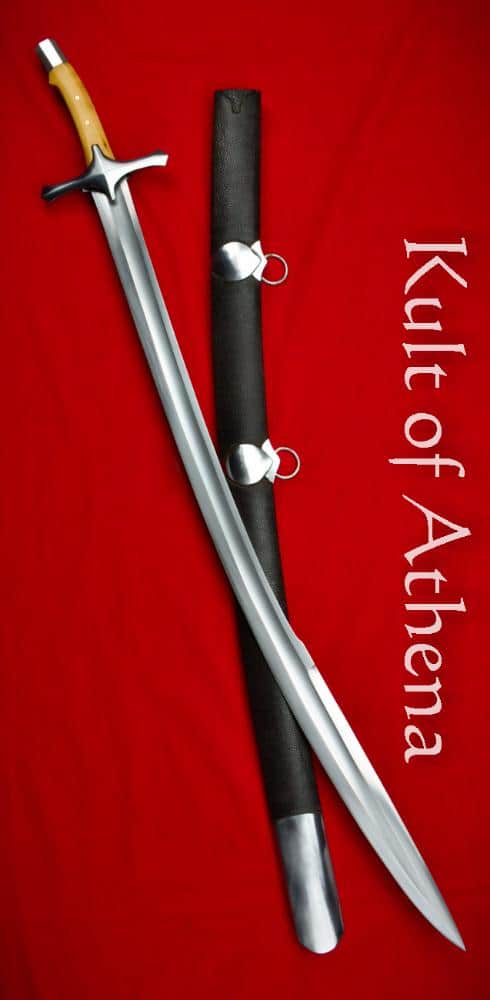

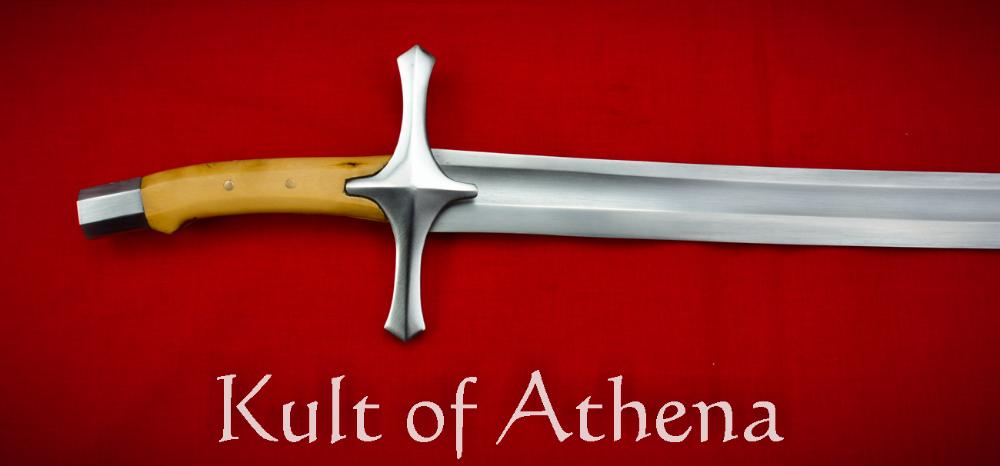
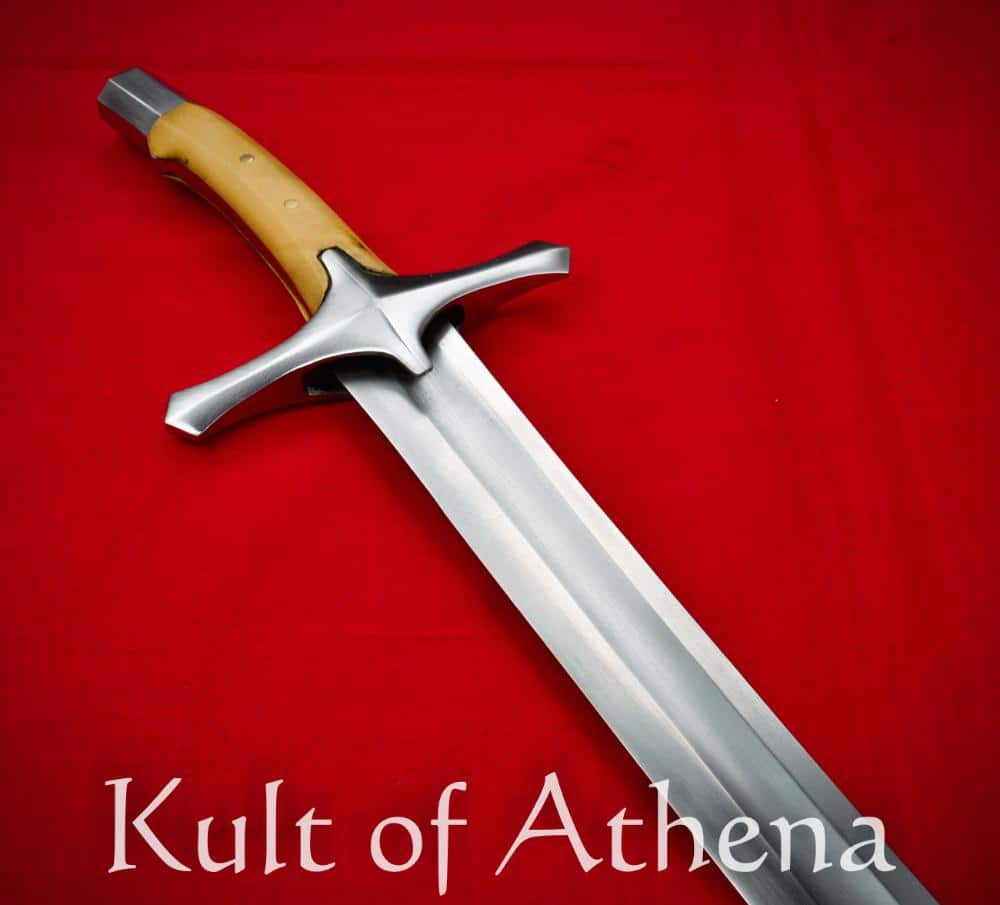
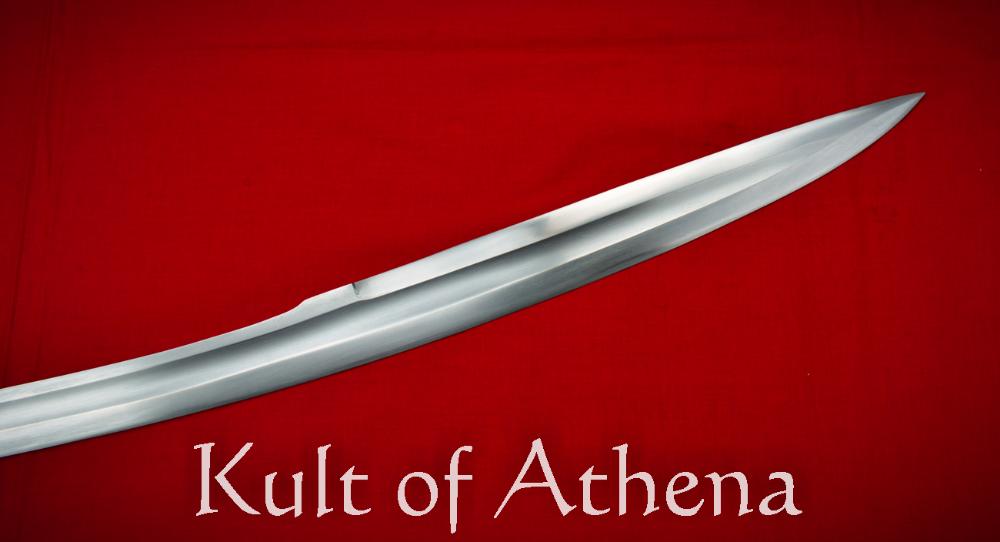
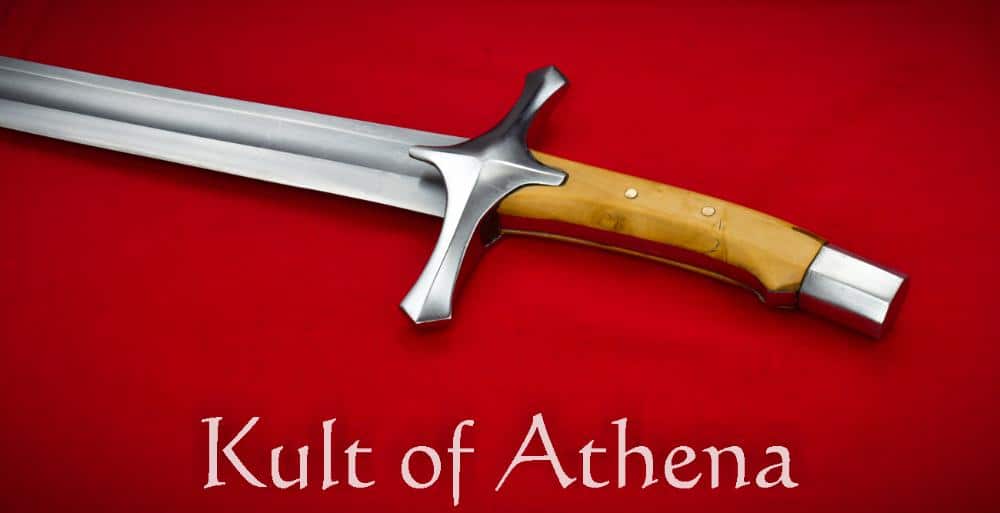

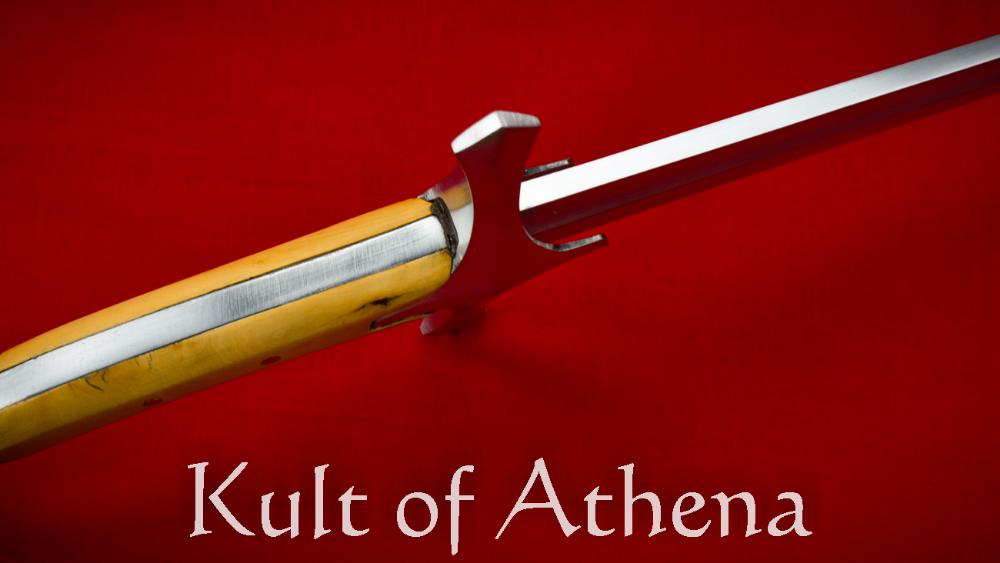



Reviews
There are no reviews yet.